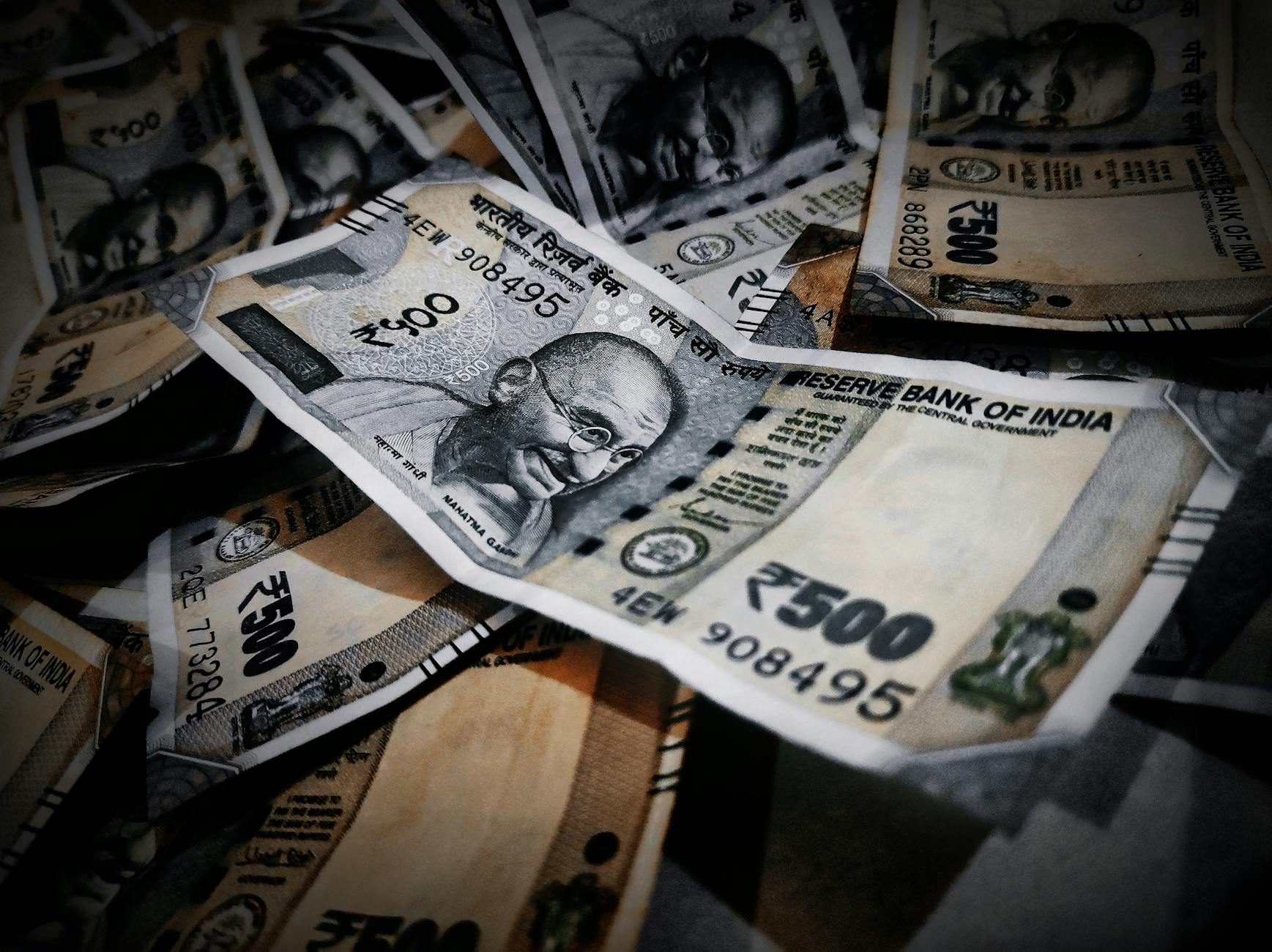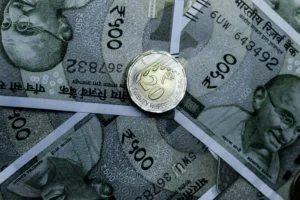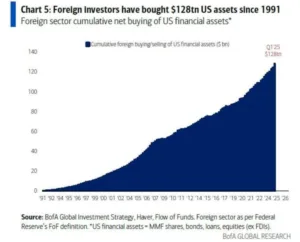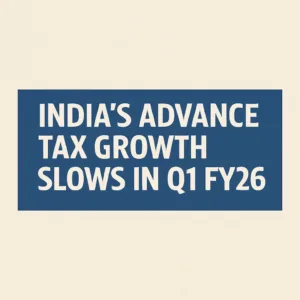According to a government report released on Friday, Indian household spending on non-food items such as transport, clothing, and entertainment increased in both rural and urban areas in 2023/24, while expenditure on essentials like wheat and rice decreased. The Household Consumption Expenditure Survey for 2023/24, conducted from August 2023 to July 2024, revealed that non-food items made up around 53% of per capita spending in rural areas, up from 47% in 2011/12, and 60% in urban areas, up from 57%.
The gap between urban and rural consumption in India continued to shrink in 2023-24, according to new HCES data. Both rural and urban areas saw growth in spending, with rural households spending 9.2% more and urban households 8.3% more than in 2022-23.
On average, rural households spent ₹4,122 per month on consumption in 2023-24, while urban households spent ₹6,996.
People spent less money on edible oils compared to before, but spending on milk, processed foods, and vegetables increased.
Inequality in spending also went down. In rural areas, the Gini coefficient dropped from 0.266 in 2022-23 to 0.237 in 2023-24. In urban areas, it fell from 0.314 to 0.284, showing more balanced consumption across households.
The Ministry of Statistics and Programme Implementation (MOSPI) has released the Household Consumption Expenditure Survey for 2023-24. According to the survey:
In rural areas, the average monthly per capita consumption in 2023-24 was ₹4,122, marking a 9.2% increase compared to the previous year, 2022-23. Food accounted for 47.04% of rural monthly consumption, up from 46.38% in 2022-23.
In urban areas, the average monthly per capita consumption was ₹6,996 in 2023-24. Food made up 39.68% of urban monthly consumption, slightly higher than 39.17% in 2022-23.
The survey shows that in 2023-24, rural and urban households spend the most on beverages, refreshments, and processed food in their food budget.
For non-food spending, both rural and urban households spend the most on conveyance, clothing, bedding, footwear, miscellaneous goods, entertainment, and durable goods.
Rent, including house rent, garage rent, and hotel charges, makes up about 7% of the non-food expenses for urban households, according to the survey.
The second survey on this topic was conducted from August 2023 to July 2024 across the entire country.
After adjusting for inflation, rural spending increased by only 3.5%, while urban spending stayed sluggish, impacted by a retail inflation rate of approximately 5.5% in the fiscal year ending in March.
The top 5% of rural households spent ₹10,137 per month, while the top 5% of urban households had a monthly consumption of ₹20,310. On the other hand, the bottom 5% of rural households had a monthly consumption of ₹1,677, and the bottom 5% of urban households spent ₹2,376 monthly.
Rural consumer spending increased by 45.4% compared to 2011/12, surpassing the 38.1% rise in urban areas, indicating a gradual convergence in consumption trends. Consumer spending, making up about 58% of India’s economic activity, continues to be a key driver of growth in the third-largest economy in Asia.
The 2023-24 MPCE estimates are based on data collected from 2,61,953 households—1,54,357 in rural areas and 1,07,596 in urban areas—across all states and Union Territories, according to the official statement.
Bringing you the latest updates on finance, economies, stocks, bonds, and more. Stay informed with timely insights.










Be First to Comment